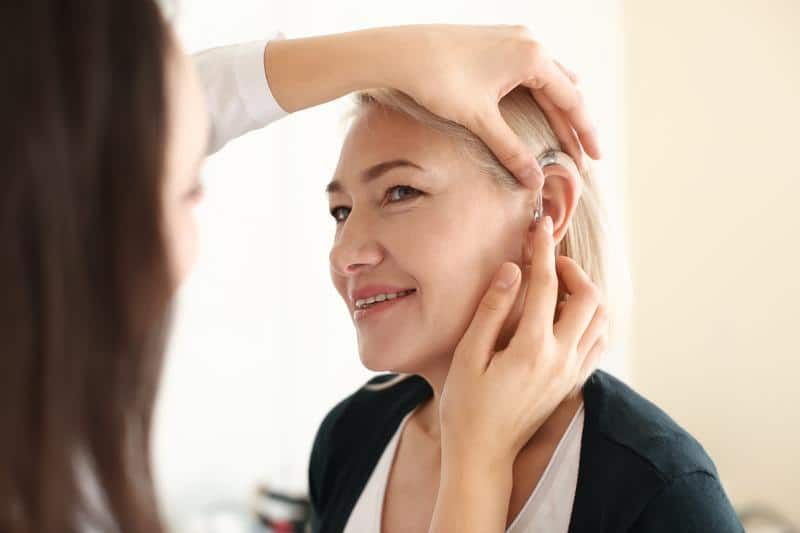
Types of Hearing Aid Styles
Long-Lasting Solutions For Hearing Loss
Like any life change, adjusting to wearing a hearing aid can feel intimidating. Our audiologists help make the process as streamlined and stress-free as possible. We want to not only fit patients with the right devices, but also educate them on the different options prior to choosing to ensure long-term success. With the right choice, your devices will improve everyday communication and enable you to continue enjoying the things that you love.
Finding Your Best-Fit Hearing Aid
Most manufacturers now only make digital hearing aids, which allow better sound quality and improved clarity. Digital devices can be finely tuned to all degrees of hearing loss, and they can help to reduce surrounding background noise for better speech comprehension in demanding listening environments. There are a variety of features to consider for your digital hearing aid:
Choosing Your Hearing Aid Style
Hearing aids are available in various style options, each with its own advantages and limitations. Selecting a style that is right for you depends on several factors, and your audiologist will discuss the options with you to help you decide which is best for your needs.
Your Hearing Aid Fitting And Beyond
Your hearing aid selection and fitting are just the beginning. We want to find a hearing solution that lasts. Our audiologists understand the complex feelings and questions that you may associate with hearing loss. We also understand that everyone’s experience will be unique—no two people will be affected in the same way, face the same challenges or will have to make the same decisions on how to manage their hearing loss. If you are having trouble adjusting to your hearing aids, talk to your audiologist about your options.

